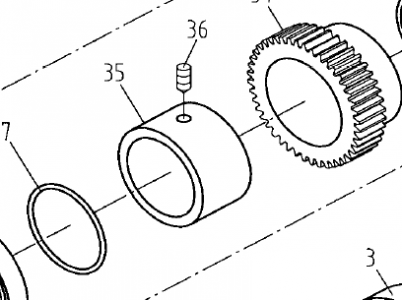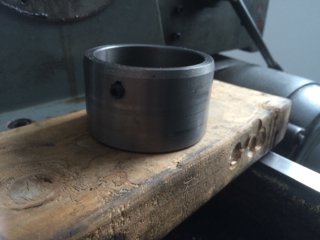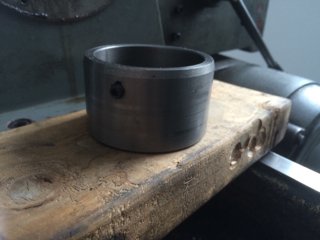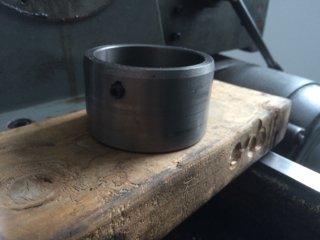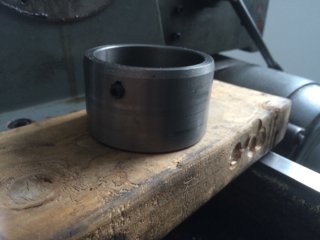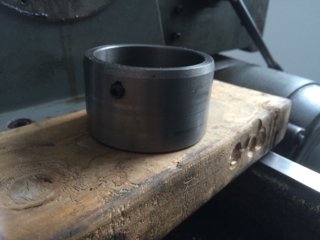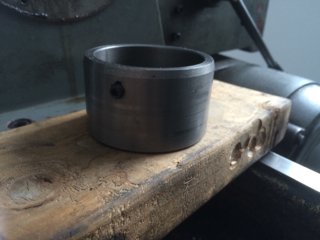- Joined
- Nov 27, 2015
- Messages
- 603
Benny,
I appreciate your post. I knew some of that, but no real details. The photo I posted is of one of the bearings that is currently in the lathe. I'm traveling today and only following this on my phone (and tablet when in the hotel), so I haven't looked at the additional info you have provided. Wouldn't the part number marked on the bearing reflect the precision spec of the bearing?
Sent from my iPhone using Tapatalk
I appreciate your post. I knew some of that, but no real details. The photo I posted is of one of the bearings that is currently in the lathe. I'm traveling today and only following this on my phone (and tablet when in the hotel), so I haven't looked at the additional info you have provided. Wouldn't the part number marked on the bearing reflect the precision spec of the bearing?
Sent from my iPhone using Tapatalk
Last edited:

